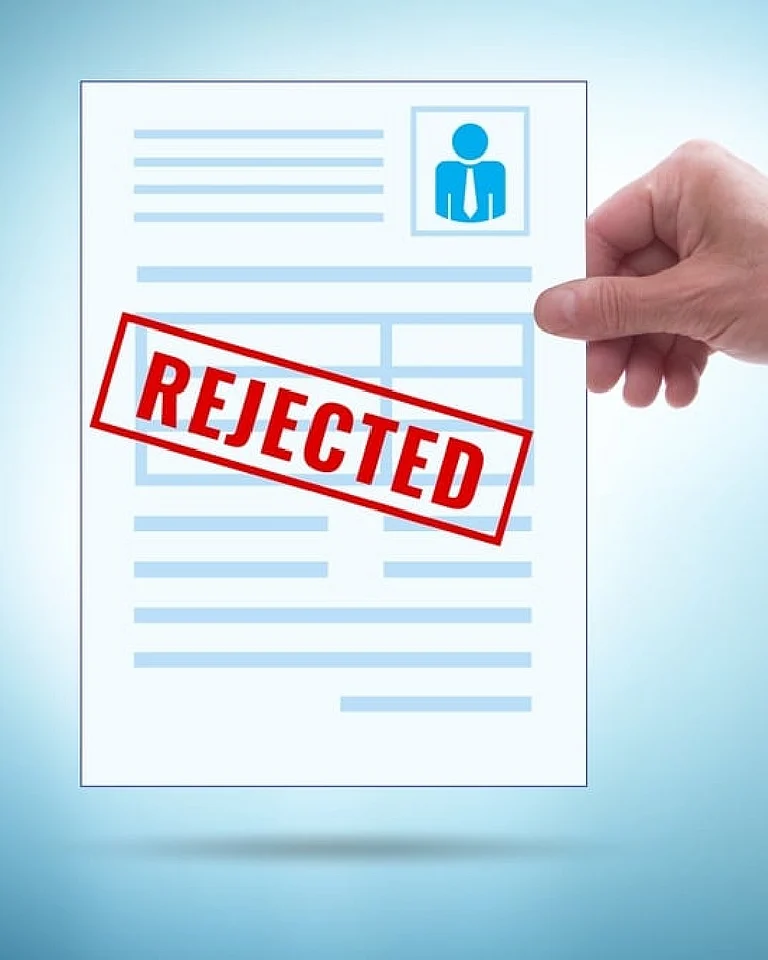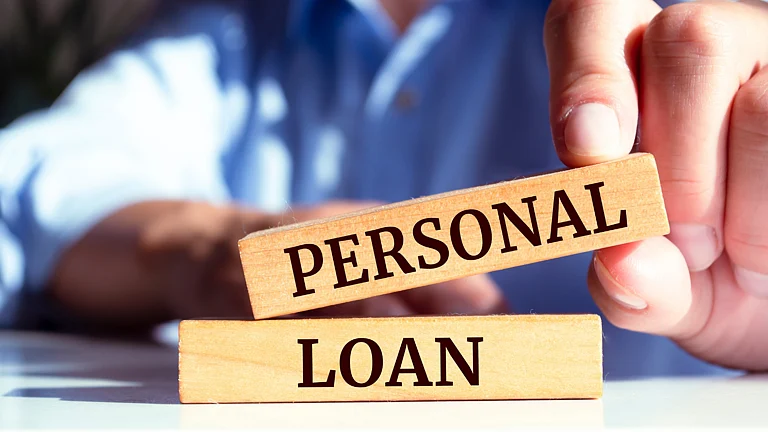Good financial hygiene dictates that you check your credit report regularly, at least every year if not every six months. The reason is that one small mistake in your credit report can jeopardise your credit score, with potential consequences leading to difficulties in access to loans and credits, such even to the extent of denial of loans or approval of loans at a higher rate of interest.
Thus, it is important to check your credit report annually to catch inaccuracies that may crop up through no fault of your own.
Fixing mistakes is easy, but you need to be vigilant. So, here are a few steps how you should go about checking your credit report for errors.
Request For Your Credit Report: To start with, request for a copy of your credit report from major credit bureaus, such as Cibil, Equifax, Experian or CRIF High Mark.
Scan for Errors: Some of the common mistakes include:
a] Misspelt names or incorrect addresses
b] Accounts listed that don’t belong to you
c] Payment history errors, such as falsely reported missed payments
d] Duplicate accounts
e] Incorrect status on closed loans or credit cards
Errors like these can significantly affect your credit profile and must be flagged immediately.
File A Dispute: To fix errors, visit the website of the appropriate credit bureau and raise a dispute regarding the error. Most bureaus provide an online form through an email for the process. You should also attach other documents that support your case (such as proof of identity, bank statements and account closure letters).
Each agency has a separate system for such requests. For instance, you can find CRIF High Mark’s dispute form at their website crifhighmark.com/raise-a-dispute.
Notify Your Bank: If the error stemmed from your banker or lender’s end, say the wrong loan status, or so, inform them about the same. Submit a written request for correction. The bank, after confirming your claim, will liaise with the credit bureau to update the information.
Track The Outcome: Disputes are usually settled within 30-45 days. As such, keeping an eye on your updated credit report, to ensure that the changes have been effected. The difference between a persistent problem and a clean credit history may be persistence.
Fixing your credit report could be a bit more complicated, but it is important to have any errors in your credit report rectified, as it holds a crucial place in your financial health. A clean credit history can save you money, make loan approvals easier and even help you in your job search. By staying informed and taking action quickly, you can save one of your most valuable financial assets, your credit score.











